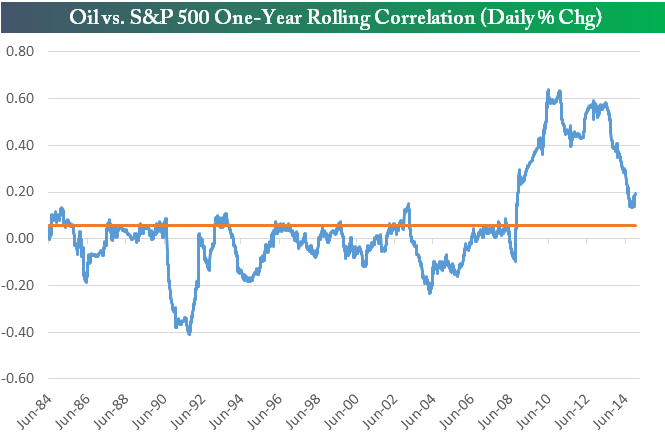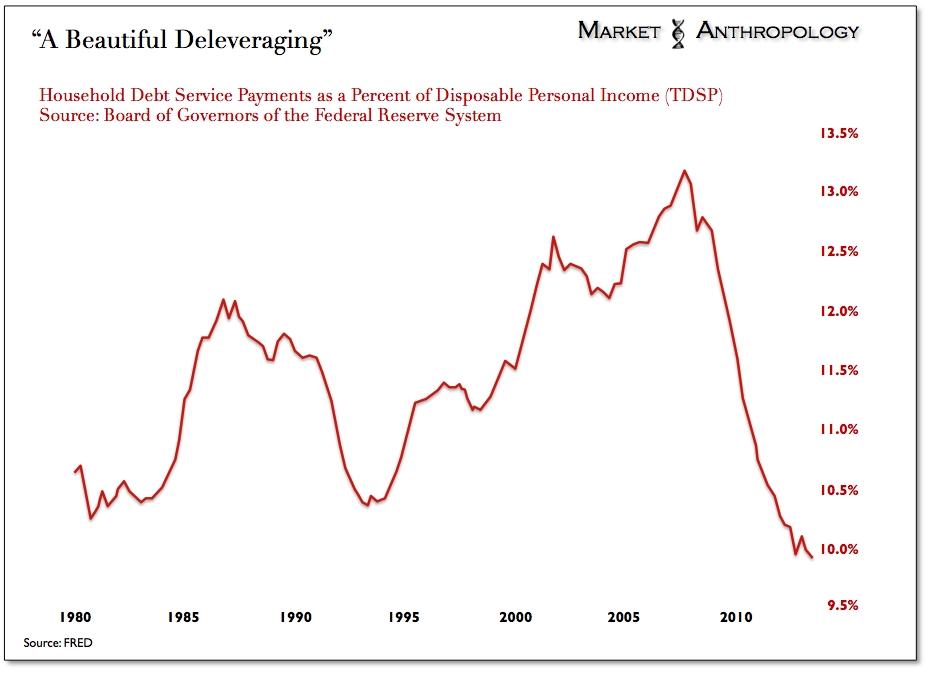The Recency Bias Investment U
Post on: 21 Июнь, 2015 No Comment

by Alexander Green. Chief Investment Strategist, The Oxford Club Monday, January 12, 2009 Wisdom of Wealth
Monday, January 12, 2009: Issue #914
If you’re like many investors, a subconscious bias is currently wreaking havoc on your investment portfolio.
Recognize this and a whole new world of opportunities will open up to you.
Here’s why.
Psychological studies confirm that we all have biases. Yet we’re generally unaware of them.
When it comes to investing, few of them do more harm than recency bias. This is the tendency of investors to extrapolate recent events into the future indefinitely.
The Recency Bias Creates a New Era of Growth
When technology and Internet stocks were hot in the late 90s, for example, investors began talking of a New Era of limitless technological growth. The truth, of course, is that technological innovation does steadily increase. Alas, the same cannot be said of technology stocks.
Years of sharply rising prices lulled investors into a false sense of complacency. Investors didn’t just plan to hold Lucent (NYSE: ALU ) and JDS Uniphase (Nasdaq: JDSU ) long term. Many began calling them legacy stocks, companies that were so exceptional that they would pass them on to their children and grandchildren.
Yet someone less obsessed with recent performance and more familiar with the lessons of history might have recollected that behind every bull market is a growling bear market. From the peak in March 2000 to the bottom in October 2002, the Nasdaq (.IXIC ) lost more than three quarters of its value.
Most of your children and grandchildren would have been better off with a passbook savings account or the use of a trailing stop .
Of course, recency bias works the other way, too. Last year the S&P 500 (.INX ) dived 38%, its worst performance since 1931.
Now the galloping herd is convinced that stocks have nowhere to go but down. Mutual fund flow figures show investors yanked tens of billions of dollars out of equity funds in the fourth quarter alone.
Much of that money is piling into bank accounts and money market funds. Yes, they’re super safe, but they pay a national average of less than 1%.
The Recency Bias: Teaching Investors That Nothing Is Better Than Something
Still, recency bias convinces them that earning next to nothing is better than losing something.
Once again, they’re rationalizing. Sure, stocks may continue down for a while, but look beyond this week’s headlines and you may see opportunity and not just risk.
Today there is more money available to buy shares than at any time in almost two decades. The $8.85 trillion held in cash, bank deposits and money market funds is equal to 74% of the market value of U.S. companies, the highest ratio since 1990 according to the Federal Reserve.
What has happened in the past when cash reached these levels?
According to Bloomberg. the eight previous times that cash peaked compared with the market’s capitalization the S&P 500 rose an average 24% in six months.
There are no guarantees, of course, but this is a very positive near-term signal for the market.
Smart investors — even bearish ones — understand the significance of high cash levels. For example, Leuthold Group, whose Grizzly Short Fund returned 83% in 2008 thanks to bets against equities, recently put out a bulletin calling stocks one of the great buying opportunities of your lifetime.

The report pointed out that the ratio of cash on hand to U.S. market capitalization jumped 86% in the first 11 months of last year. That’s the biggest increase since the Fed began keeping records in 1959.
When Will Investors Wake Up From This Recency Bias?
Some day soon, millions of investors will wake up to this recency bias and the fact that their cash is earning a negative return after taxes and inflation. And when they do, money will start migrating back to the market.
One good reason? In addition to capital gains potential, stocks currently yield three times as much as cash.
However, investors suffering from recency bias will not be persuaded by facts, figures, historical parallels or rational arguments. Unbeknownst to many of them, emotions are dictating their actions, not reason.
If history is any guide, they won’t leave the safety of cash until a rising market — and a whole new round of recency bias — convinces them that it’s safe to own equities again.
And they wonder why they don’t buy low and sell high.
Good investing,
Alex
Today’s Investment U Crib Sheet
Recency bias is just another way that you can blind yourself to some of the unpleasant pitfalls of investing. And like our parents told us when we were growing up, just because everyone is doing it, doesn’t make it right.
Instead of relying on luck, caving to emotion or falling for collective ignorance, we prefer to rely on proven strategies. It’s why The Four Pillars of Investing is the foundation of our investment philosophy. It helps achieve long-lasting investment success, by making sure you’re asking the right questions.














